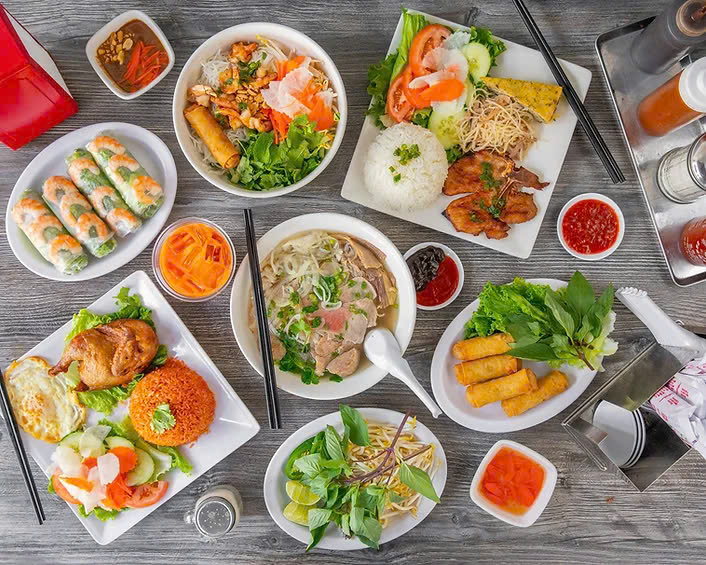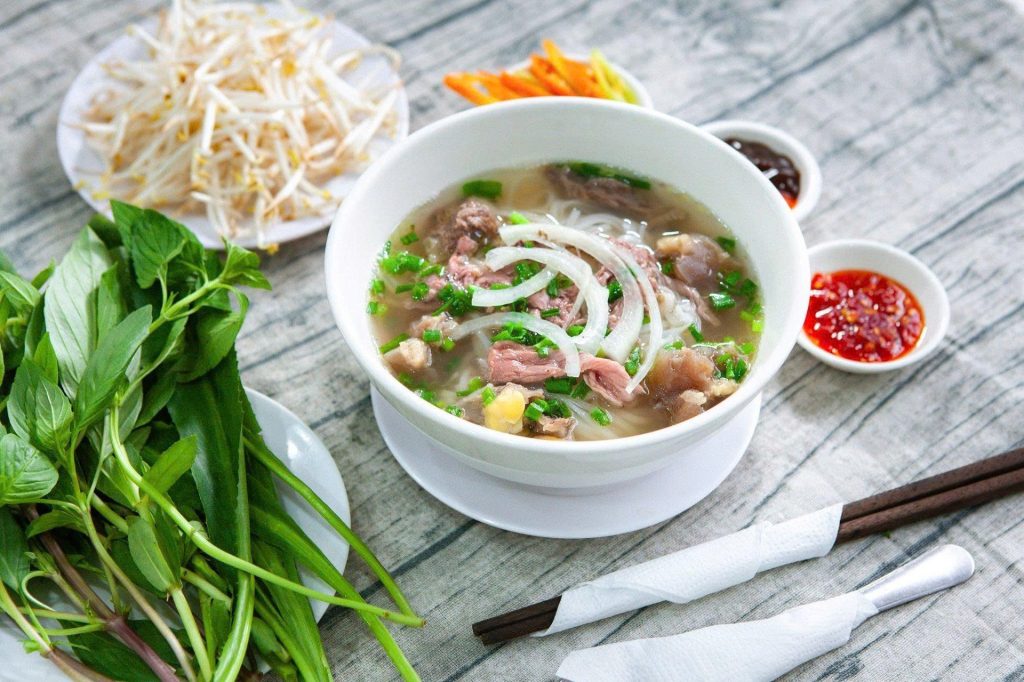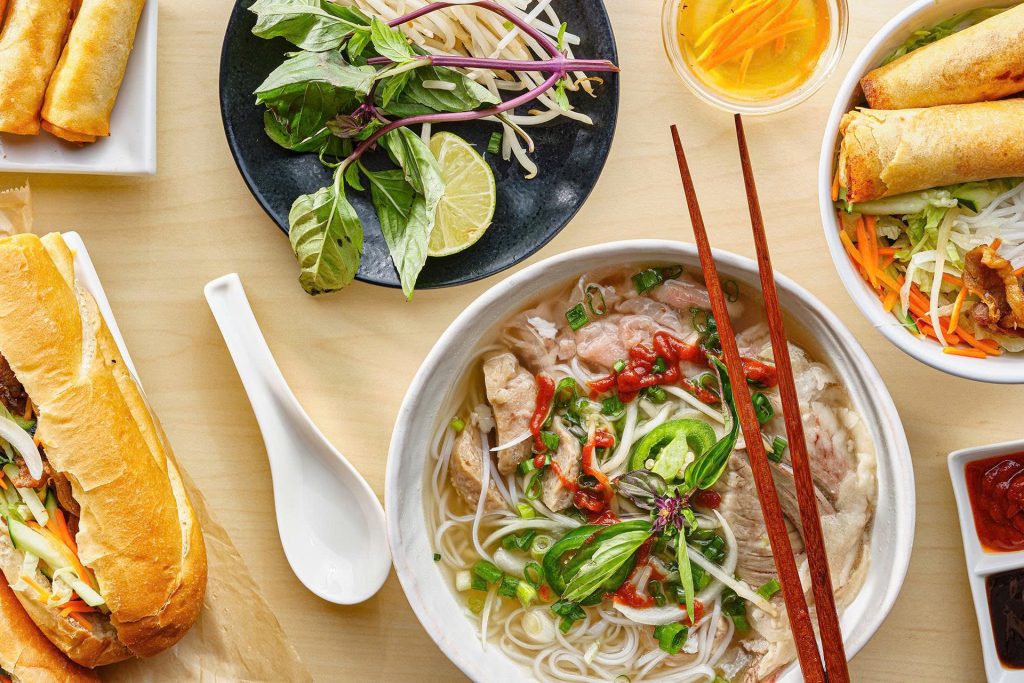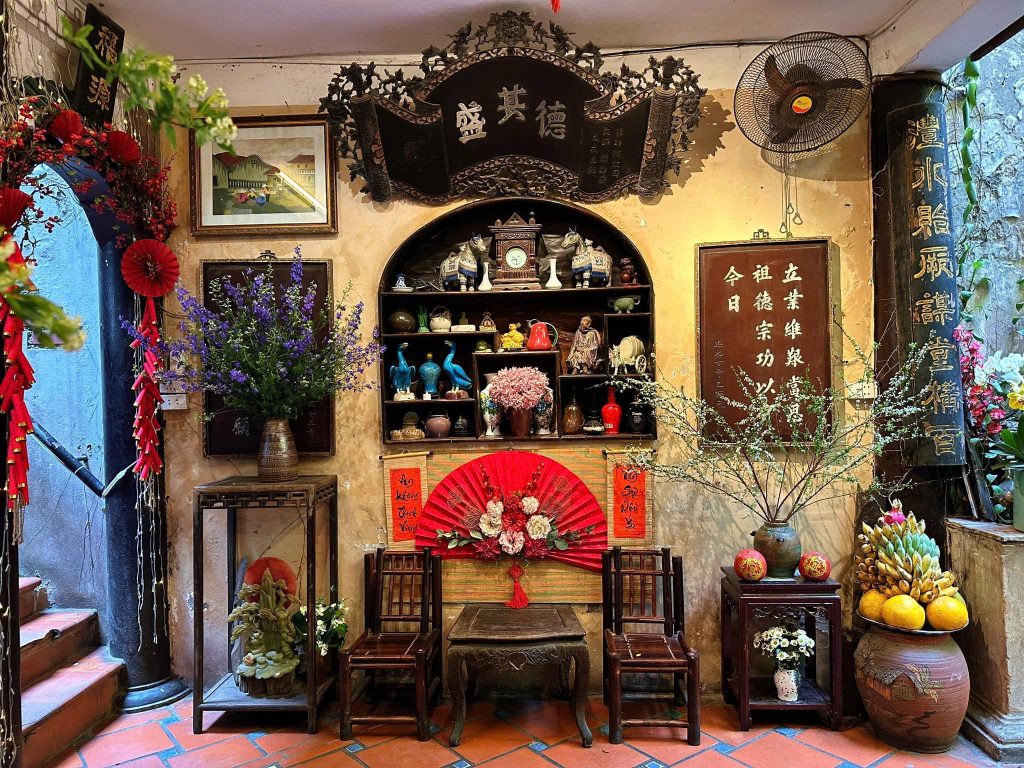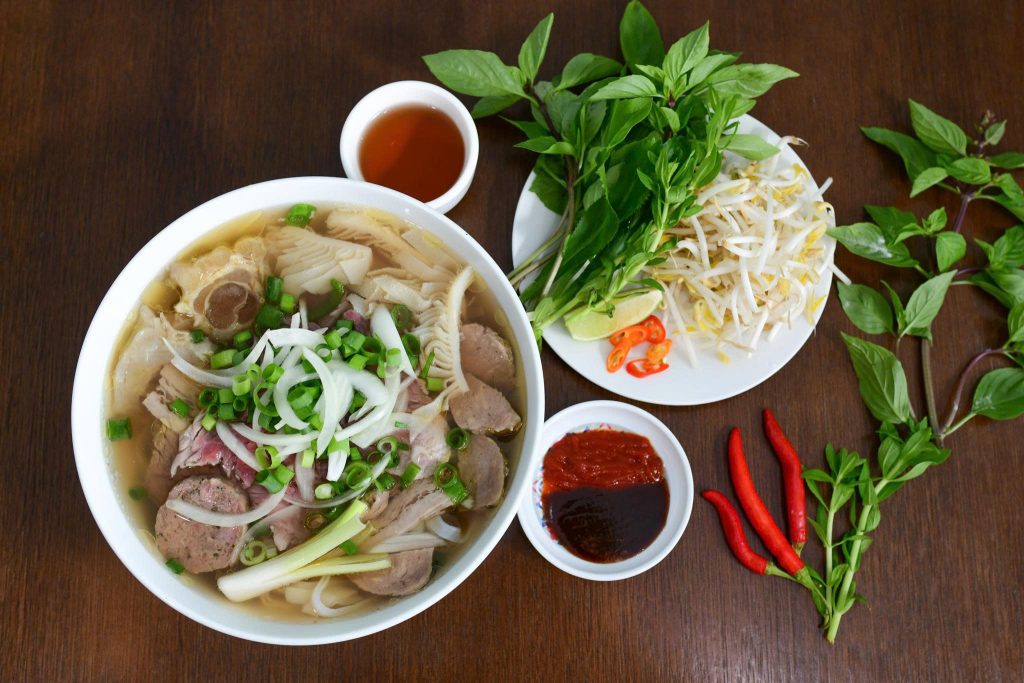Beyond sushi, tuna dishes that are pan-fried, used in hot pots, or grilled are also traditional Japanese fare, boasting local flavors that captivate diners.
In Japan, tuna isn’t just tied to sushi; it’s also prepared in a variety of ways, such as grilling and being dipped in hot pots alongside local ingredients. There are 7 traditional tuna dishes suggested by two sushi chefs – Joel Hammond, head chef at Uchi West Hollywood, and Yuhi Fujinaga, chef at Morimoto Asia (USA) – offering travelers more options when exploring Japanese cuisine.
Tuna Tataki
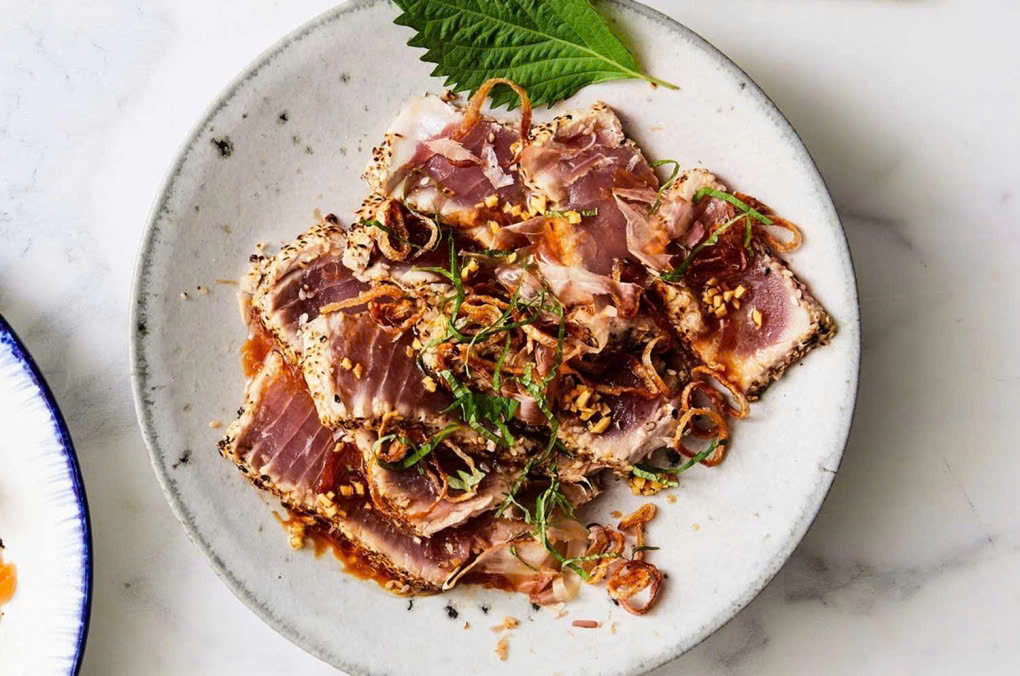
Tuna tataki is beloved by visitors to Japan for its simple preparation. Although “tataki” in Japanese means “pounded” or “slapped,” tuna tataki is pan-seared tuna, thinly sliced, with the outside lightly seared while the inside remains its original light pink. When enjoying it, diners often have it with a sweet and sour ponzu sauce.
Tataki originated in the Edo period and is believed to have been inspired by Western sailors’ cooking methods. Besides tuna, this dish can also be made with beef.
Head chef Joel Hammond recommends using binchotan charcoal for grilling the fish to preserve its distinctive aroma. Chef Yuhi Fujinaga suggests cutting the raw fish into even blocks, as this is a crucial step for achieving the dish’s perfection.
Fresh Tuna Rice Bowl (Maguro zuke don)
Maguro zuke don is white rice topped with tuna marinated in a sauce made from mirin (sweet rice wine), soy sauce, and sake to create a balance between sweetness and saltiness. The dish is often garnished with roasted seaweed (yakinori) to enhance the flavor.

According to chef Yuhi Fujinaga, the tuna needs to be marinated for at least 4 hours to fully absorb the flavors. Head chef Joel Hammond marinates the fish for a shorter time, between 30 minutes and an hour, to prevent it from overcooking and to maintain its fresh color.
Tuna Shabu Shabu Hot Pot
Shabu-shabu is considered the Japanese version of hot pot, originating in Osaka in the 1950s and now found in many restaurants across the country. The ingredients in the hot pot can vary depending on the restaurant but typically include vegetables, thinly sliced meat, fish, and tofu. Diners serve themselves by dipping the ingredients into the simmering hot pot broth (nabe).

For preparing shabu-shabu, experts recommend using a broth made from shoyu (soy sauce) or dashi (kelp stock), seasoned appropriately. The meat taken from the tuna’s chin, neck, and gills, which has a good amount of fat and a rich flavor, is suitable for dipping. This dish is often served with various dipping sauces, including ponzu (citrus sauce) and soy sauce.
Tuna and Fermented Soybeans (Maguro natto)
Maguro natto is a dish that some people find daunting due to the strong aroma of fermented soybeans. It’s a popular dish from the Edo period, and it is considered a “superfood” due to its high nutritional value.
Natto has a slightly pungent taste and a sticky, slimy texture. When combined with tuna, the ratio of natto to fresh fish needs to be balanced to maintain a harmonious flavor. Chef Yuhi Fujinaga suggests using ground natto (hikiwari) to make the dish softer and easier to eat.
Tuna Ochazuke
Tuna ochazuke is a dish of rice with tuna, steeped in tea, often used by chefs to make use of fish scraps. The cook layers white rice at the bottom, adds a layer of seasoned tuna, and pours green tea or dashi broth over it. This dish has a porridge-like consistency and is often served with seaweed, fish roe, or pickled plums.
Tuna Namero
Considered the Japanese version of French tartare, tuna namero consists of minced tuna mixed with seasonings such as miso, garlic, and ginger.
Head chef Joel Hammond says the secret to a delicious dish is to use large pieces of fish because they will naturally break down when mixed with the seasonings.
Tuna Inari Sushi
Unlike traditional sushi with seaweed-rolled rice, tuna inari sushi uses fried tofu pouches (aburaage) to wrap the filling. The filling usually includes tuna mixed with mayonnaise, giving it a rich flavor similar to tuna salad. This dish originated in the Edo period and is now commonly found in bento boxes. Head chef Joel Hammond recommends using a piping bag when filling the pouches to prevent the filling from breaking apart and making a mess in the kitchen.
(According to Taste Table)



